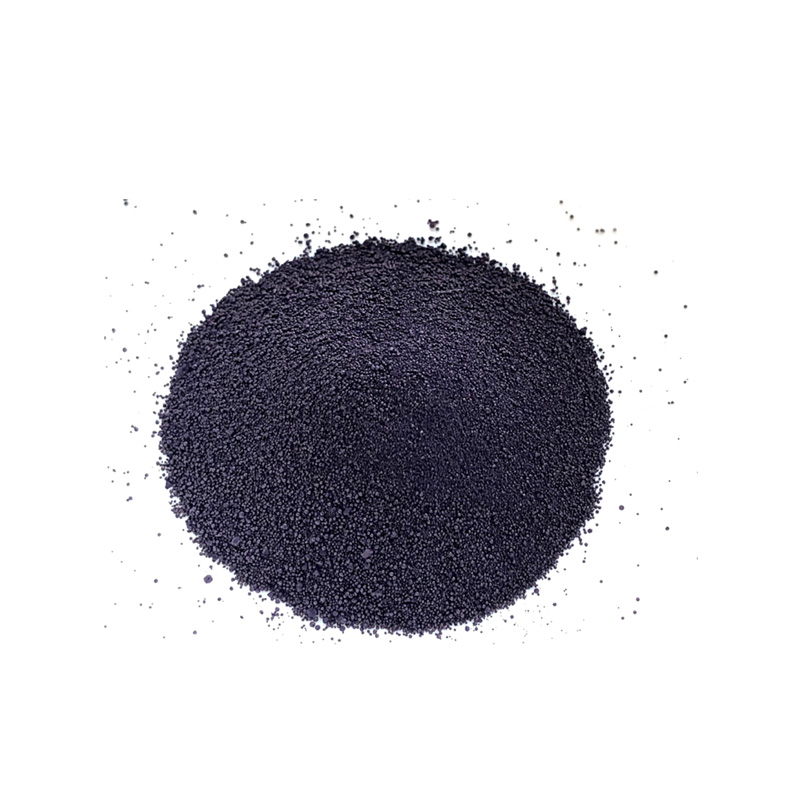famous natural dye indigo
Indigo The History and Significance of a Famous Natural Dye
Indigo, a deep blue dye derived from the indigo plant, has been a coveted color for centuries, renowned for its rich hue and cultural significance across various societies. Its use can be traced back to ancient civilizations, and the dye has played a vital role in art, fashion, and trade throughout history.
The indigo plant, primarily Indigofera tinctoria, is predominantly found in tropical and subtropical regions. The dye is extracted from the leaves through a fermentation and oxidation process, resulting in a stunning blue pigment that became synonymous with luxury and elegance. Unlike synthetic dyes that emerged in the 19th century, indigo is a natural dye, cherished for its unique qualities and eco-friendly nature.
Indigo The History and Significance of a Famous Natural Dye
Indigo also played a crucial role in the transatlantic trade. By the 17th century, European powers recognized its value and sought to cultivate indigo in their colonies, including in South Carolina and the Caribbean. The dye became a significant cash crop, alongside sugar and tobacco, driving the economy and impacting social structures, including the reliance on enslaved labor for its production.
famous natural dye indigo

As the demand for indigo grew, so did the complexities surrounding its cultivation and trade. This led to significant socioeconomic changes, particularly in the Americas, where plantations were established to meet European demands. The indigo industry was often characterized by harsh labor conditions and exploitation, illustrating the darker aspects of its history.
The introduction of synthetic alternatives in the late 19th century prompted a decline in natural indigo's popularity. However, the resurgence of interest in sustainable and natural products in recent years has reignited the appreciation for indigo. Many artisans and designers are now returning to traditional dye methods, seeking to reconnect with the historical and cultural roots of this extraordinary dye.
Today, indigo is celebrated not only for its color but also for its cultural significance. In many cultures, indigo symbolizes spirituality, protection, and strength. In West African countries, for instance, indigo has profound cultural importance and is often used in traditional textiles, representing the heritage and identity of communities. Meanwhile, in Japan, indigo dyeing, known as aizome, has become an art form with unique techniques and patterns, showcasing the dye's versatility.
Moreover, the current trend towards sustainability has further enhanced the appeal of indigo. With consumers increasingly looking for environmentally friendly options, natural indigo offers a biodegradable and renewable source, setting it apart from its synthetic counterparts that can be harmful to the planet.
Indigo’s journey from an ancient plant to a modern symbol of sustainability underscores its timeless appeal. As artists, designers, and consumers alike embrace the values associated with natural dyeing, indigo is experiencing a renaissance, proving that this historical dye retains its relevance in contemporary culture. The stories woven into each indigo-dyed textile serve as a reminder of the interconnectedness of tradition, artistry, and the environment, making indigo not just a color, but a movement toward a more sustainable future. The ongoing appreciation for indigo highlights its enduring role in our lives, celebrating both its beauty and the complex history that accompanies this remarkable natural dye.
-
The Timeless Art of Denim Indigo Dye
NewsJul.01,2025
-
The Rise of Sulfur Dyed Denim
NewsJul.01,2025
-
The Rich Revival of the Best Indigo Dye
NewsJul.01,2025
-
The Enduring Strength of Sulphur Black
NewsJul.01,2025
-
The Ancient Art of Chinese Indigo Dye
NewsJul.01,2025
-
Industry Power of Indigo
NewsJul.01,2025
-
Black Sulfur is Leading the Next Wave
NewsJul.01,2025

Sulphur Black
1.Name: sulphur black; Sulfur Black; Sulphur Black 1;
2.Structure formula:
3.Molecule formula: C6H4N2O5
4.CAS No.: 1326-82-5
5.HS code: 32041911
6.Product specification:Appearance:black phosphorus flakes; black liquid

Bromo Indigo; Vat Bromo-Indigo; C.I.Vat Blue 5
1.Name: Bromo indigo; Vat bromo-indigo; C.I.Vat blue 5;
2.Structure formula:
3.Molecule formula: C16H6Br4N2O2
4.CAS No.: 2475-31-2
5.HS code: 3204151000 6.Major usage and instruction: Be mainly used to dye cotton fabrics.

Indigo Blue Vat Blue
1.Name: indigo blue,vat blue 1,
2.Structure formula:
3.Molecule formula: C16H10N2O2
4.. CAS No.: 482-89-3
5.Molecule weight: 262.62
6.HS code: 3204151000
7.Major usage and instruction: Be mainly used to dye cotton fabrics.

